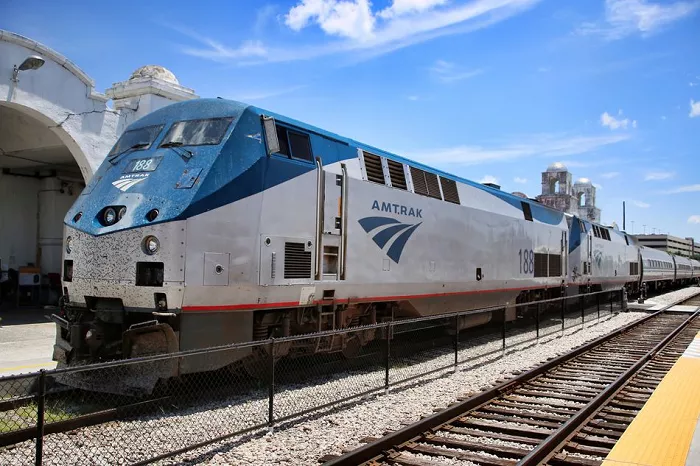Traveling by train from California to Florida offers a unique and scenic alternative to air travel, allowing passengers to experience the diverse landscapes of the United States. While there is no direct train connecting the two states, Amtrak provides a combination of routes that facilitate this cross-country journey.Embarking on a train trip from California to Florida is an adventure that spans approximately 2,500 to 3,000 miles, depending on the chosen route. This journey offers travelers the opportunity to witness a variety of terrains, from the deserts of the Southwest to the lush forests of the Southeast. However, it’s important to note that such a trip requires careful planning due to the lack of direct services and the extensive travel time involved.
Amtrak Routes Connecting California and Florida
Amtrak, the primary passenger rail service in the United States, operates several long-distance routes that can be combined to travel from California to Florida. Given the absence of a direct train, passengers will need to transfer between different trains, typically in major cities such as Chicago or New Orleans.
1. California to Chicago
Starting Point: Various cities in California, such as Los Angeles, Emeryville (near San Francisco), or Sacramento.
Amtrak Routes:
- California Zephyr: Departs from Emeryville or Sacramento, traveling through cities like Chicago, Denver, and Salt Lake City.
- Southwest Chief: Departs from Los Angeles, passing through cities like Chicago, Albuquerque, and Kansas City.
Duration: Approximately 50 to 55 hours, depending on the departure city and route.
Note: These routes converge in Chicago, where passengers can transfer to trains heading to Florida.
2. Chicago to Florida
Transfer Point: Chicago Union Station.
Amtrak Routes:
- Silver Service: Includes the Silver Meteor and Silver Star trains, both offering service from Chicago to various destinations in Florida, such as Miami, Orlando, and Tampa.
Duration: Approximately 30 to 35 hours, depending on the final destination in Florida.
Note: The Silver Service trains operate daily, providing multiple departure options.
Total Travel Time and Considerations
The combined journey from California to Florida by train typically spans 80 to 90 hours, including transfer times. This extended travel period necessitates careful planning, especially regarding accommodations and meal arrangements.
Accommodation Options:
- Coach Class: Standard seating with limited space for movement.
- Roomettes and Bedrooms: Private compartments offering amenities such as beds and private bathrooms.
Meal Services:
Amtrak provides dining options on long-distance trains, with meals included in the price of sleeper accommodations. Coach passengers have access to a café car offering snacks and beverages for purchase.
Booking and Scheduling
Given the complexity of this journey, it’s advisable to book tickets well in advance, especially during peak travel seasons. Amtrak’s official website offers tools to plan multi-leg trips, allowing passengers to customize their travel itinerary.
Tips for Planning:
- Flexible Scheduling: Be prepared for potential delays, as long-distance trains often experience schedule adjustments.
- Overnight Stays: Consider breaking the journey into segments with overnight stays in cities like Chicago or New Orleans to rest and explore.
- Travel Essentials: Pack essentials such as medications, entertainment, and snacks, as amenities may be limited during certain segments of the trip.
Alternative Travel Options
For travelers seeking a faster journey, air travel remains the most efficient option between California and Florida. However, for those interested in the experience of cross-country train travel, the Amtrak routes provide a memorable and scenic alternative.
Conclusion
While there is no direct train connecting California and Florida, Amtrak’s network of routes offers a feasible, albeit lengthy, alternative for those interested in train travel. With careful planning and consideration of the journey’s demands, passengers can enjoy a unique cross-country experience that showcases the diverse landscapes of the United States.

